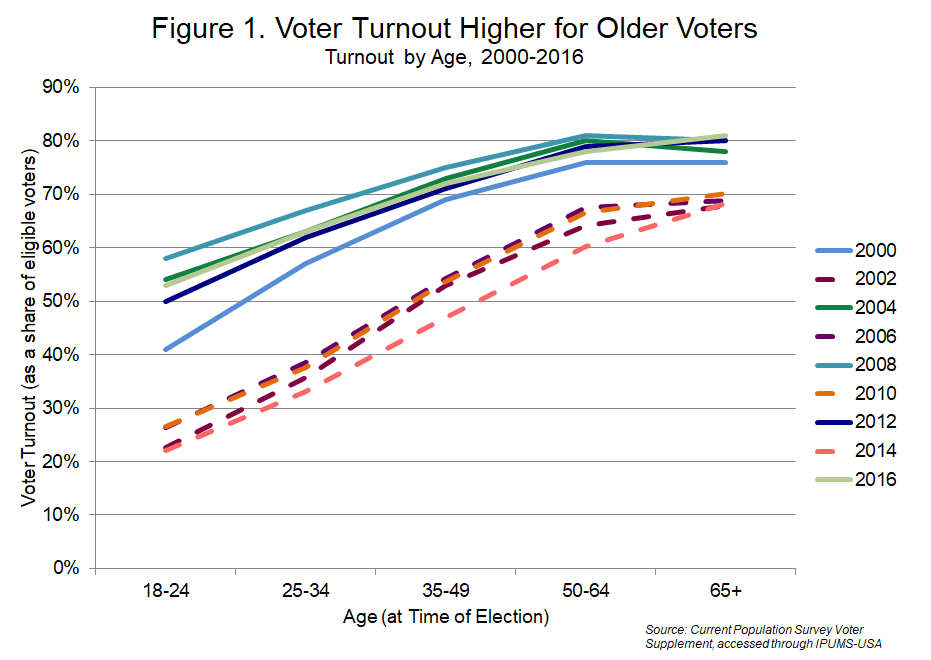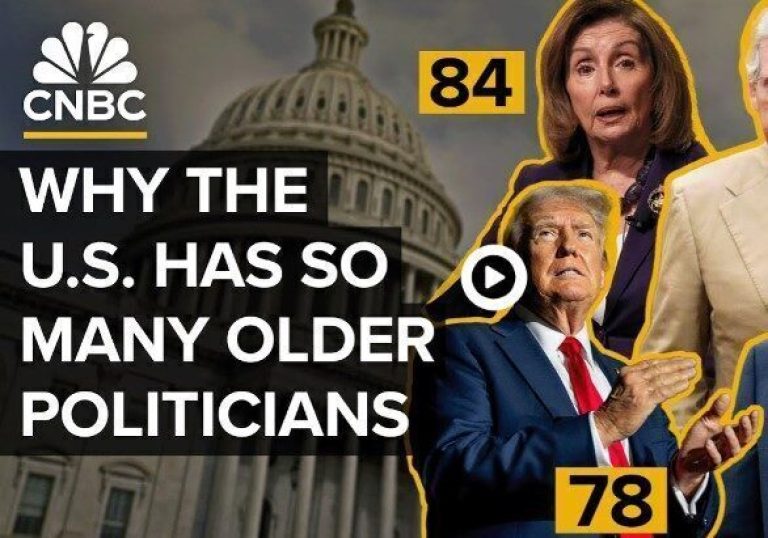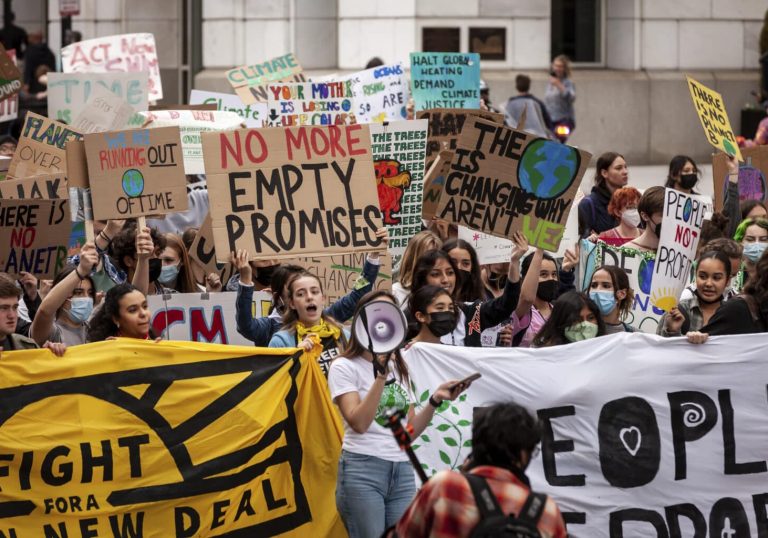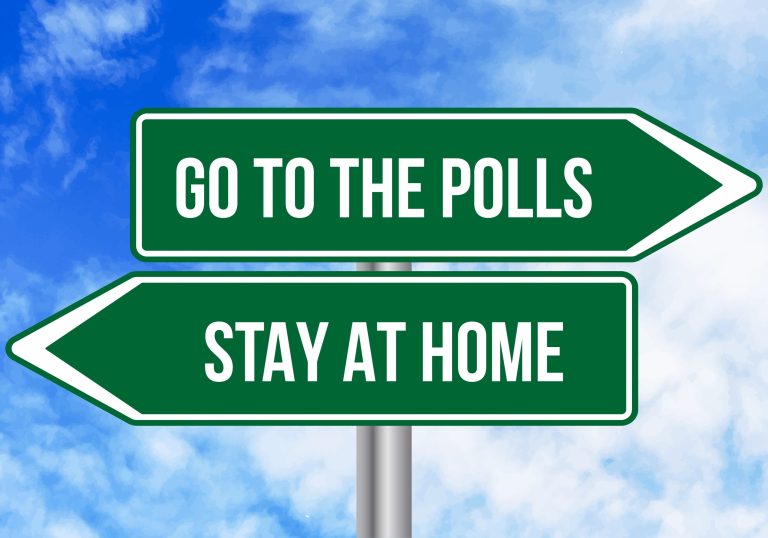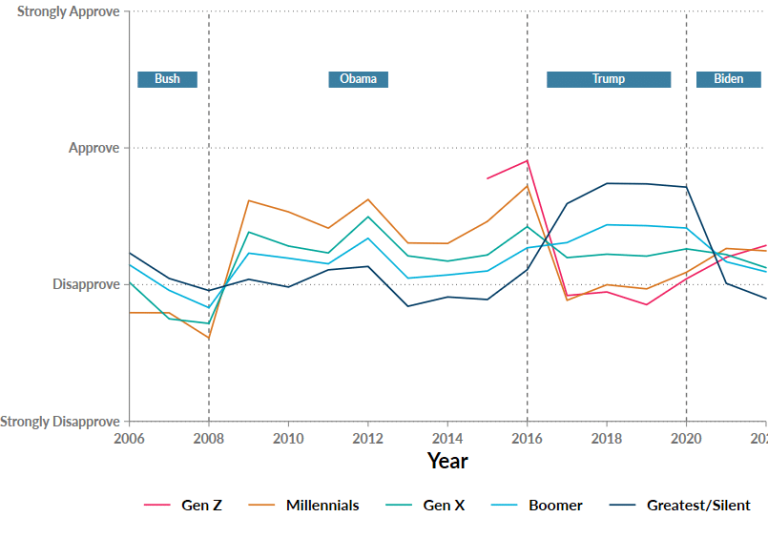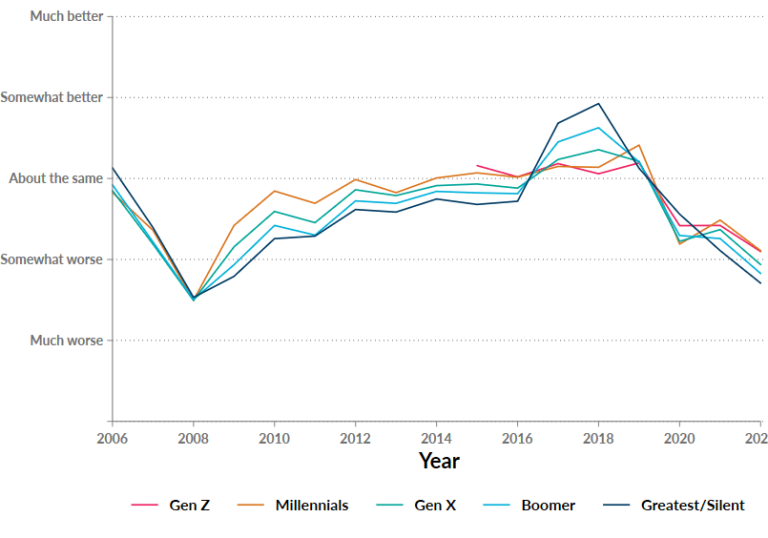In the United States, it is well-known that young people vote at much lower rates than middle-aged and older Americans in both Presidential and Midterm elections.
Looking at the data on elections from 2000 to 2016 in Figure 1 below, it is clear that the younger you are the less likely you are to vote. These data from the Voter Supplement of the U.S. Current Population Survey show three key trends:
- Voter turnout is 17 percentage points lower for 25-34 year olds and 28 percentage points lower for 18-24 year olds than for those over 50 in Presidential elections
- In midterm elections, this gap grows to 33% for 25-34 year olds and 44% for 18-24 year olds
- The trends are stable from 2000-2016 regardless of which party held the presidency or majority in Congress
Young persons’ persistent lower turnout reduces their political voice and thus their political representation. Understanding the reasons behind these behaviors could increase the political power and voice of younger generations.
The most popular theories for explaining the relationship between age and voter turnout explore differences in education, personal income, parental income, the degree to which politics was discussed growing up, impediments to voter registration, other resource constraints, and civic apathy. However, none of these have satisfactorily explained the behavior of the youth vote.What is often overlooked is the relationship between residential mobility (moving from one address to another) and voting behavior. This paper explores this gap in the literature, and asks whether young people ‘on the move’ have anything to do with low voter turnout.
